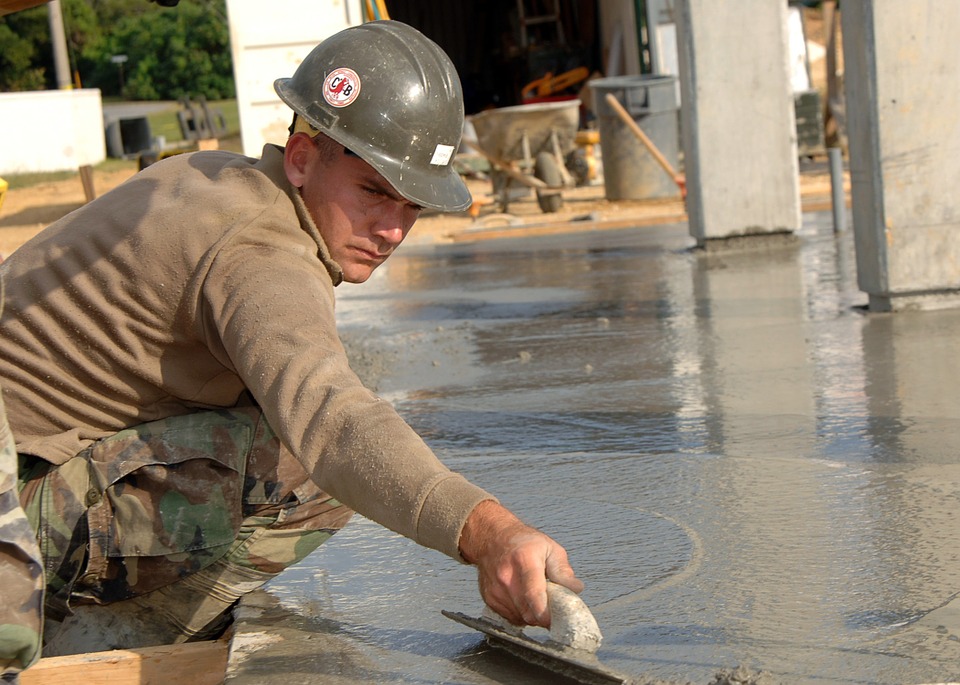5 Quality Factors to Check in Your Concrete Work

Innovation in building and construction is never ending and one of the most widely used building materials, concrete, is often the subject of these innovative changes. Think about the fact that a decade or two ago, the best that could be done with concrete was to pour it and finish it off with red oxide, or in the case of wall plaster, paint. But things have changed and now there are all colors and patterns of decorative concrete which is giving all the other building materials a run for their money. Despite the additions and changes, it is important to note that the same basic principles govern the quality of concrete in construction. Here are the five quality factors to look for in concrete construction.
1. The mixing ratios
There is a standard ratio which is set for the mixing of the different components that make up concrete floors. These are cement, water, sand, and gravel. The ratio of these components should always be as follows:
· Cement-10 percent
· Water and air-20 percent
· Sand-30 percent
· Gravel-40 percent
When these components are mixed in that exact ratio, the resulting mixture gives the perfect floor texture and strength. There are contractors that try to cut corners by reducing the percentages of these components, but this often leads to serious structural problems such as the development of cracks on the walls and the floors and at times even complete disintegration of the structures being built.
2. The mixing processes
One of the things that determine how well concrete will stand the endless freezing and thawing which comes with local weather is how concrete is mixed. There is a process known as air entrainment whereby the mixing process is carried out with the aim of trapping as much air as possible inside the concrete. The millions of air bubbles which are trapped inside the concrete eventually create the space needed for the expansion and contraction. You can ask your concrete provider to give you air entrained concrete and they will either give you the already entrained version, or they will use admixture to hold the bubbles which will be entrained in the truck mixing in shape.
3. Why water is vital
To a completed construction, water is usually synonymous with damage to the structure. However, during the building and construction process, the amount of water which is used in the mixing will determine the durability of the final mix. Therefore, when you are in the middle of the mixing and building process and you keep yelling to the suppliers to add water, it is important to remember that the lesser the water you use, the harder and sturdier to final product of the construction will be. The other losses that you incur by using too much water include:
· The more the water you add, the lesser the structural strength of the building becomes.
· The amount of water added determines how much shrinkage will occur during curing,
· More water reduces the density and increases the porosity of the cement.
4. The moisture content of the site
It is not only the amount of water in the mixture that matters when you are building with cement, but you will also have to gauge the level of moisture on the surface that you will be making your constructions. One of the best ways to figure out if there is too much moisture on the surface where you are pouring your concrete is the slump test. The test shows how flowable the concrete is and helps you determine whether you have the right moisture conditions for effective construction.
5. Concrete vibration
When concrete is being poured, you first need to make sure that the lumber forms which have been created have the shape, strength, and capacity to hold the cement till it dries up. Then, to avoid the excessive trapping of air into the concrete, vibration is done. Vibration ensures that the entire mixture flows into all the corners and nooks for the lumber form and that the resulting structure will be completely aerated.
These are the five quality factors that you need to think about when having any concrete work done on your construction. When prepared and poured properly, concrete is the most reliable and structurally sound building material.

















